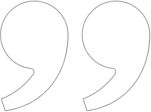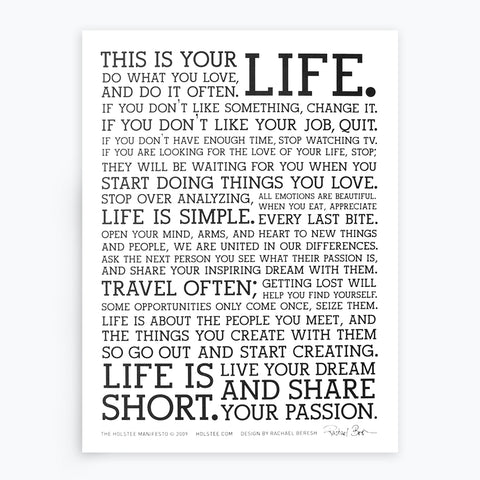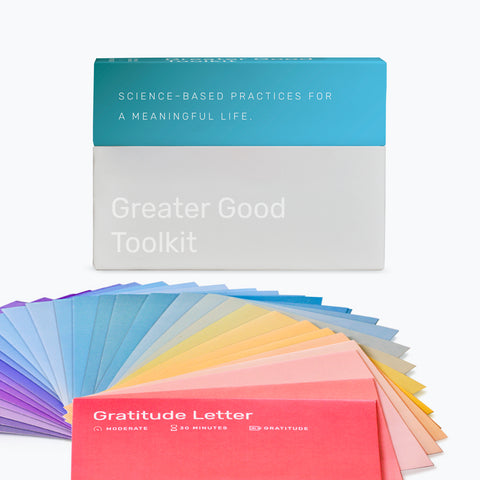When a crisis or trauma occurs, the first instinct is to retreat to what is familiar. The comfort of loved ones, well-loved foods, the known places. Mostly, we are desperate for a safe space to ground and center ourselves while the tumult of the outside world spins past like an irrational gyre. The thing is, after retreating to the familiar, we approach an entirely different phase of processing: reflection, and sense-making.
For hundreds, if not thousands, of years we've come back to the same, consistent vessel of reflection: art.
Inside of the museum, the walls are blank and slate-clear. In another context, this would look clinical, antiseptic. We're not in a hospital, where things are bleach-clean to ward off infection. And yet, we are still here for a kind of healing. These hallways hold a psychological, emotional, spiritual journey, and they provide a balm to the soul.
In the weeks and months after a traumatic crisis, people turn to art, music, and poetry. These are undeniable correlations with defendable statistics. Poetry books fly off the shelves, or screenshots go viral on social media. Don Share, the editor of Poetry magazine, spoke to the Atlantic last week in the wake of the presidential election results:
"[Poetry] says "Here's what it looks like from my point of view." All you have to do is listen to the poet. And, in that, you don’t have to be anything other than what you are. The poem is a catalyst where you’re bringing two different kinds of people together. And at its best, when it works, there’s a kind of spark, and everyone comes away illuminated by what the spark has ignited."
Tweet It!
Art connects disparate experiences, especially when something in us needs to be reconciled. To bridge compassion and fear with a new perspective; to create a link between our internal experience and other people's experiences despite the fog of confusion and disappointment. At the core of everything: the aim to feel less alone.
We write to connect with people, to find out what we believe in, to share our own ways of being in the world. We create art and music and performance for exactly the same reasons. And we absorb art as a way of returning to that. Art is a mirror. Creativity is a reflection of so many things, not least of which is the current state we find ourselves in. This includes political environments, our personal baggage, projections, external contemplations. Art gives us a way to process through things, to find out what we think, what we value, and what we're still questioning.
Art connects disparate experiences, especially when something in us needs to be reconciled.
Tweet It!
Every time we stand in front of art on the wall, on the page, on the screen, on the stage, we bring the totality of ourselves. Our confusions, our inventions, our withholdings. Memory and experience calcify into the spine of who we think we are, but the uncertainty of the future often shakes up our sense of stability.
All the individual components of art — colors, sounds, words, movement, characters, gesture, choreography, music — that long laundry list of artist elements embodies emotions. Sparks contemplation. And always, portrays feeling. The generosity of art is that it lets us feel.
Oskar Eustis, the artistic director of the Public Theatre, has seen immensely therapeutic and reflective shows like "Fun Home" and "Hamilton" come through his doors. And on top of the external success of these shows, he found a personal type of reflection and therapy when his 16-year-old son died during "Hamilton's" residency in his theatre. He shared the experience recently with the New York Times:
"AN MP3 ARRIVED by email, hours after Jack’s death. It came from Lin-Manuel Miranda, a new arrival to the Public fold.
It was a demo recording of “It’s Quiet Uptown,” the song from “Hamilton” describing Alexander Hamilton, and his wife, Eliza, as they grieve the death of their 19-year-old son, Philip:
There are moments that the words don’t reachThere is suffering too terrible to nameYou hold your child as tight as you canAnd push away the unimaginableThe moments when you’re in so deepIt feels easier to just swim down.
“There is nothing you can say,” Mr. Miranda recalled thinking. “And yet, I had a song about this. So I wrote to him saying, ‘If this is useful, then lean on it, and, if not, delete this email.’”Mr. Eustis and his wife found it useful. “Every line of ‘Quiet Uptown’ feels like it’s exactly correct to my experience,” Mr. Eustis said. “It was the only music we listened to for a long time, and we listened to it every day, and it became a key thing for the two of us.”
“For me, the beautiful thing about ‘Quiet Uptown’ is, it serves a ritualistic function — it takes us into the grief, and then it takes us out of it,” Mr. Eustis said. “And there’s nothing, there’s no other ritual that I know of, that can do that for me.”
Tweet It!
We stand in front of art because the reflection pulls us out of ourselves, connects us during a time where we're experiencing deep loneliness. Art — all art — invites us out of the prison of our mind into direct relationship, regardless of whether that relationship is with an object, a person, or an immutable experience.
Art is a reminder that we are not alone in our processing. It externalizes the immensely personal journey of reflection, a wall of mirrors that meets everything we bring to it.
A few days ago at the San Francisco Museum of Modern Art, I sat in front of Gerhard Richter's paintings on the 6th floor for an hour. In particular, Spiegel, blutrot (Mirror, blood red) had caught my attention. It is very simple: red acrylic on glass. A mirror of solid color. As a painter, Richter was educated in East Germany before fleeing to West German. The dual nature of his education led to Richter's interest in the uncertain boundaries between illusion and reality, and according to the card by his exhibit: 'rejecting the idea that art should be linked to any particular ideology.'
As I sat there, a young boy ran up and stopped in front of Spiegel, blutrot.
"Look, Mama!" He exclaimed loudly, "I can see us!"
His mother joined him in the tinted reflection of the painting. "Isn't it wonderful?" She asked him, "You can see yourself in the painting."
The young boy danced, joyous and uninhibited. Watching himself. Celebrating his reflection. Mapping his body, and his mother's body, into the mirror of the art.
I can only imagine Richter would have enjoyed the boy's dance, how all the grief of the past builds to this moment: when, standing in front of a difficult truth, the future becomes present as unimaginable joy.
"Give yourself a gift of five minutes of contemplation in awe of everything you see around you. Go outside and turn your attention to the many miracles around you." - Wayne Dyer
Tweet It!
Art is the thread that connects us, interweaving personal stories with a universal experience. It is an anchor, a navigator, a map. It is a place to return to.
In the face of unmeasurable shock or uncertainty, go out into the world and find your art. Come to it seeking. Walk through the blank hallways towards the bright question, stand in front of it, and accept whatever healing comes.
Let the Day Pass
Emma Sedlak
Emptiness is a human right. Tattoo the veins
onto your arms; learn how your blood runs without you.
Board a train and stare down the world.
Set your hair alight to know that things still burn.
For a while, let part of you die. Don't apologize.
Use your soul's coffin as a soapbox
if the cat ever gives your tongue back.
Your time will come, just wait.
Meanwhile, sleep dormant under sofas
or hide, or hibernate. When friends come,
scrawl Do Not Disturb on a worried face.
Let the day pass. Know most instruments are hollow
which is how and why they sing. Don't fill the void.
Lie awake with everything and anything.
___________________________________
Emma Sedlak is a Scottish-American writer-singer-poet (which means she would have been great as a minstrel or scribe a few hundred years ago!). Currently a communications designer in Sydney, Australia, she helps people create deep, intuitive content and narratives. On the web, she lives at here. When she's not keeping the postal service in business, she also spouts poetry on Twitter.
Begin your day feeling grounded and inspired.
A free 30-day email series where we share the most impactful stories and ideas that have helped us on our journey to live a more meaningful life.
✌️ Free. Unsubscribe anytime.
























